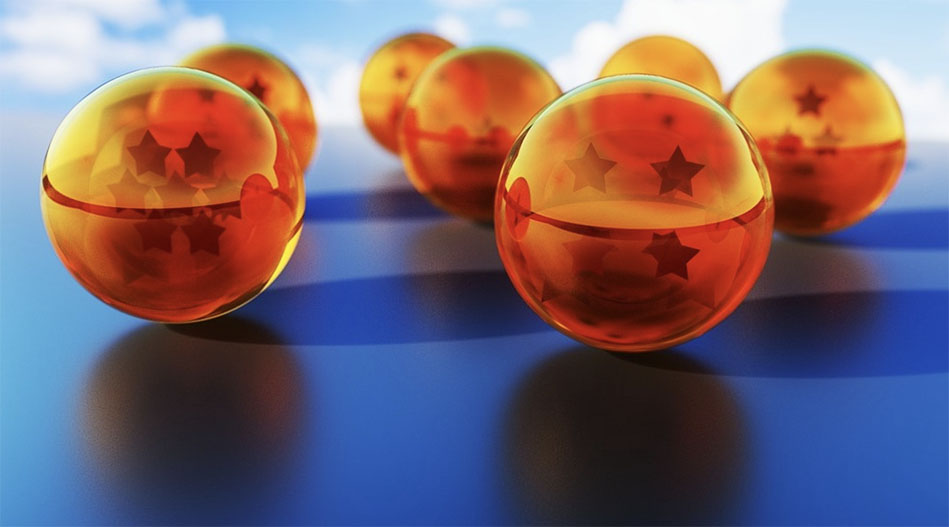While most of the people at City on Fire have been fans of Asian cinema for decades, the same can’t be as readily said for the general public. It is true that the popularity of Asian movies has been skyrocketing in the last few years, but they exist as just one part of a media whole. Outside of cinema, a huge range of Asian entertainment has been pushed into the Western world. Changing in access, visibility, and in some smaller and less obvious ways, this relationship illustrates developing global acceptance, and there’s more to the growth than meets the eye.
Cinema’s Evolution
In the earliest days of cinema, film buffs would get their hands on everything they could. No matter where it came from, they’d watch and appreciate it, absorbing the different techniques and styles from all over the world. In terms of Asian cinema, the earliest breakout example to come to the West would have the films of Kurosawa. With titles like Seven Samurai and Yojimbo, Kurosawa would go on to inspire a huge chunk of Western cinema, including classic cowboy flicks.
Past the 1970s, it was the action films of Asia like Enter the Dragon that would continue to capture the attention of mainstream Western audiences. Though some consider this title in particular overrated today, there’s no denying the influence that stars like Bruce Lee, Jackie Chan, and Jet Li would have in bringing forward new generations of Asian films.

IMAGE SOURCE: pixabay.com
The success of epics and action made sense because these genres wouldn’t rely on cultural understanding as a backbone. We all understand concepts like revenge and the need to protect the innocent, so their appreciation in the West was easy. More difficult to sell were the more intimate tales, as they relied on understandings that those in the West didn’t possess.
The latest in the big Asian films to challenge this idea was Bong Joon-ho’s Parasite. Despite being firmly rooted in Korean culture, Parasite reflected worldwide concerns like inequality and its place within the capitalist system. Winning an Oscar for the effort, this cinematic masterpiece opened the door for many who would otherwise pass Asian media by.
Outside of the World of Film
A greater appreciation and acceptance of Asian cinema has been occurring in film for decades, but thanks are also owed cumulative effects of the total entertainment zeitgeist. At its core, much of the success of these types of media has been born from the internet and television, which exposes Westerners to Asian culture and language on a new possible level. As the years progress, fewer compromises and explanations of Asian culture have resulted from this exposure, in many media forms.
Some of the earliest illustrations of the internet making Asian media popular is found in Japanese physical challenge shows like Takeshi’s Castle, and much later, Sasuke (brought to the West as Ninja Warrior). As explained by the BBC, Takeshi’s Castle clips became hugely popular on the internet, leading many to investigate further what this exact brand of the seemingly impenetrable show could mean. These ended up being so popular that both would go on spawn fully fledged Western imitators.

IMAGE SOURCE: pixabay.com
More recently, interactive entertainment has seen more natural integration with Asian themes in its offerings. Some of the most popular Betway slot games like FU88 and Double Lucky Line lean heavily on Asian themes in their online lineup. The same can be said for major websites with popular quizzes, like BuzzFeed’s page on “Do You Belong in Asia or Europe?”. While minor, every part of offerings like these creates more welcoming environments, further opening doors to mainstream Western consciousness.
Video games also continue to play a big part, with genres like Japanese role-playing games no longer limited to success in their countries of origin thanks to breakouts like the Final Fantasy series. Even the details within these games have changed with Western knowledge, as fewer compromises are made to cater to foreign unfamiliarity. Alex Kidd in Miracle world, as TCRF notes, once has his rice ball changed to a hamburger so Western audiences would understand. Today, this wouldn’t be necessary.

IMAGE SOURCE: pixabay.com
As cinema enthusiasts, it’s obvious which media we find the most engaging, but we’d be remiss if we didn’t at least acknowledge that the appreciation of Asian movies is about more than film alone. Instead, a wide range of media, cultural, and technological factors have driven our landscape beyond its early limitations to how it exists today. No longer a niche, Asian cinema is a major and seriously considered force thanks to the combined efforts and evolutions, and it’s only going to get better.



